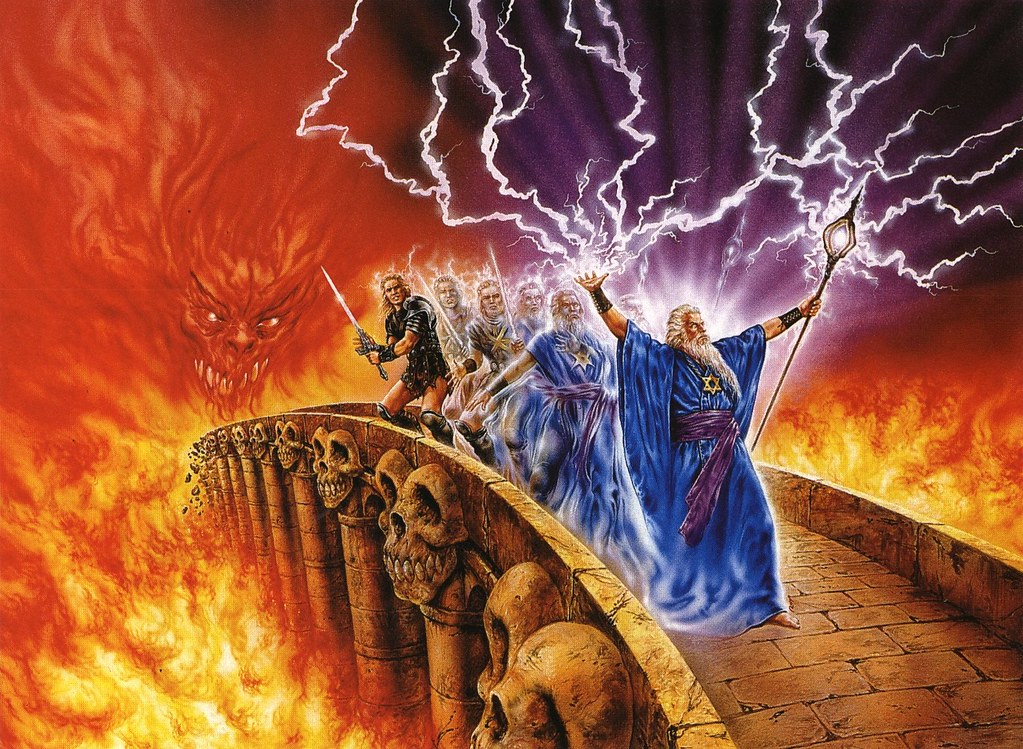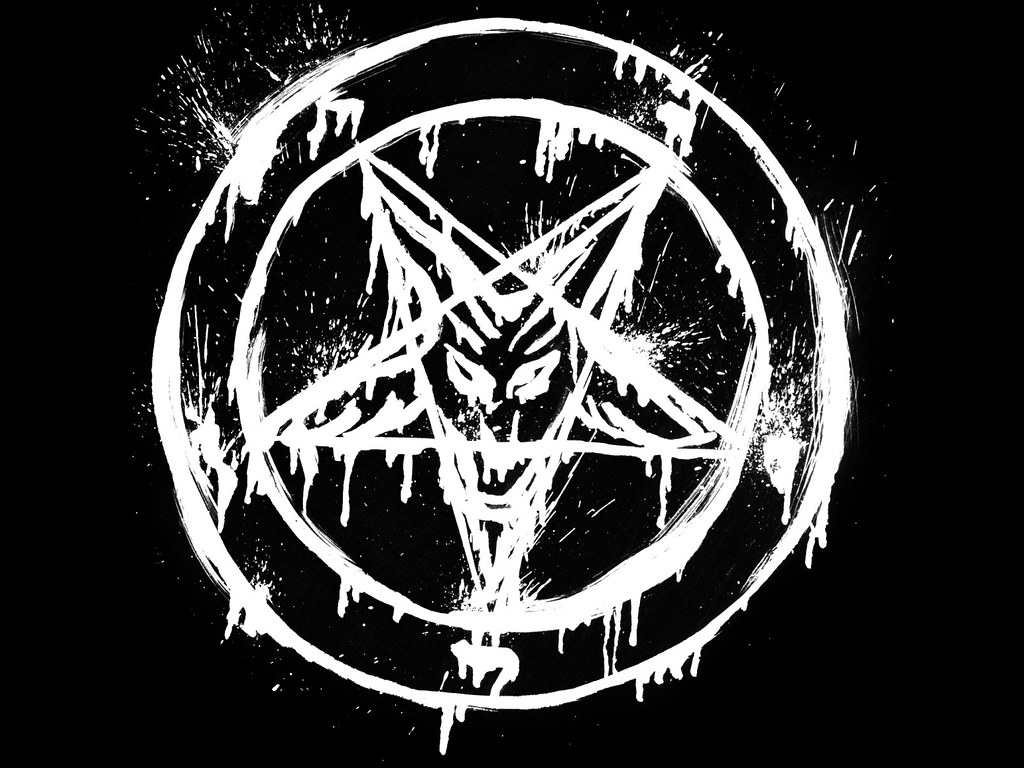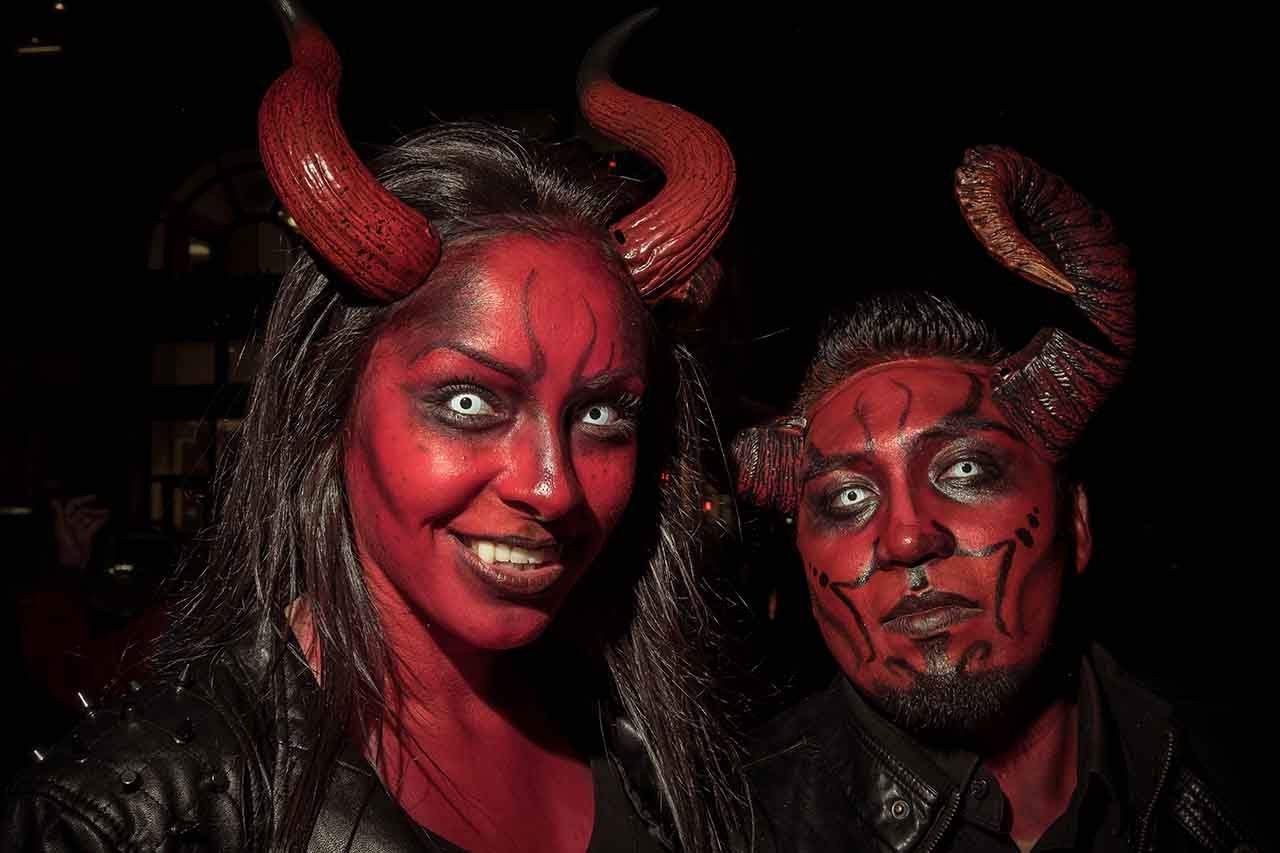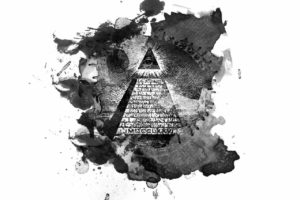In the United States, Halloween is a popular mainstream holiday. Participants where outlandish costumes attend parties and visit their neighbors trick-or-treating on October 31st. Historians trace some aspects of Halloween to ancient Europe where Celts commune with the spirits of the dead during a holy day called “Samhain”.
The transition from “Samhain” to Halloween reputedly began when Pope Boniface IV in an attempt Christianize the pagan Celts designated November 1st – “All Saints Day” and October 31st – “All Hallows Evening”. Today, however, Halloween is a non-religious event, the goal is little more than costumes and candy since people often wear demonic or evil costumes, some religious denominations don’t approve of this holiday yet most of the American public doesn’t have a problem with Halloween. After all, what’s the harm enjoying a haunted house or letting your kids dress up as a devil – it’s all in good fun unless as some conspiracy theorists suggest there’s much more at stake than a few caramel apples.

Here’s where it gets crazy: Some conspiracy theorists take their objections further than a mere dislike of devil costumes. Theorist James T. Melton claims that October 31st is the most important day in the Satanic calendar and that the seemingly harmless celebrations of Halloween are based in ancient diabolical rituals for example that the practice of bobbing for apples was originally a form of torture and trick-or-treating a way of collecting tributes for a Druidic Sun God. According to the fundamentalist artist Jack T. Chick, Halloween is a conspiracy run by devil worshippers to mislead the faithful and these accusations aren’t new. They reached a fever pitch during the so-called “Satanic Panic” of the 1980s and 1990s when much of Middle America was certain that satanic cults riddled the globe controlling high-level businesses and government agencies.
In 1990s, evangelist Larry Lee claim that this was a matter of genuine spiritual warfare between agents of Satan and prayer warriors. Could Halloween really be a front in some continual war between heaven and hell? According to theorists, the people behind these celebrations might call themselves “Wiccans”, “Pagans” or “New Agers” but they’re all actually Satanists. Urban legends about razor blades and candy, bizarre human sacrifices and brutal attacks continually cropped up but some were based on grains of truth. For example, it’s true that corpses have been discovered more than once on Halloween. In 2005, a 42-year-old woman in Delaware hanged herself from a tree on a busy road and was mistaken for grizzly decoration. In 2009, Public Works employee in California found a partially decomposed body hanging from a tree. It’s also true that in isolated incidents, people have attempted to poison or contaminate candy yet to skeptics this doesn’t prove some overarching conspiracy.

If there really was some secret widespread plot to corrupt the public, then why not take a more effective approach? Dressing up in costumes and asking for candy doesn’t seem like the most efficient way to wage a religious war. Other researchers such as folklorists W. Pool have traced the fears and celebrations of Halloween in relation to the public conscience with fears of serial killers and rising crime rates translating into more colorful, simplified fears of absolute evil. It’s no secret that Halloween like many other holidays is based on ancient pre-Christian beliefs but is it just another commercialized celebration of costumes and candy consumption or is something more sinister, something they don’t want you to know?




